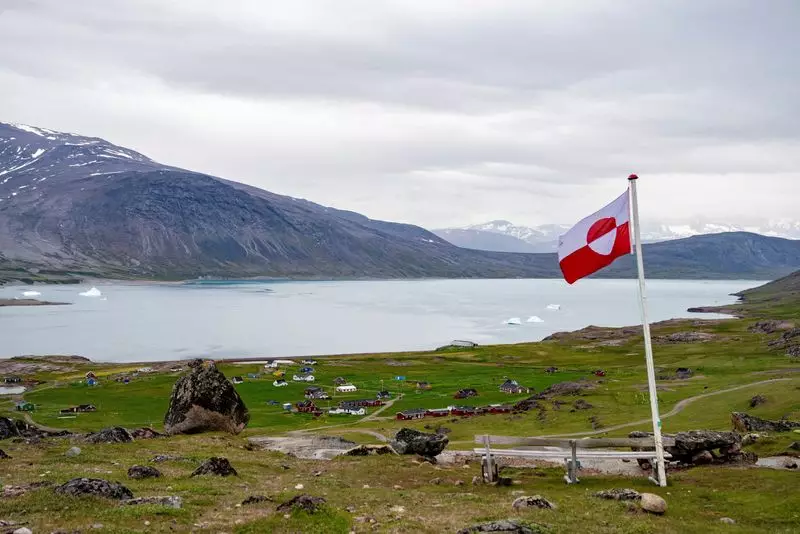Greenland, an autonomous territory of Denmark, has recently garnered international attention for its vast mineral resources and strategic geographic positioning. In particular, the renewed interest from U.S. President-elect Donald Trump in acquiring Greenland highlights its potential utility to global powers, especially in the context of the ongoing race for critical raw materials. This article will explore the mineral wealth of Greenland, its geopolitical implications, and the challenges facing its development.
Situated between North America and Europe, Greenland’s geographic location is of substantial strategic significance. Its proximity to the Arctic region, which is increasingly becoming accessible due to climate change, not only raises shipping prospects but also opens avenues for natural resource extraction. The melting glaciers have revealed previously unreachable areas that may harbor critical minerals needed for advanced technologies and energy solutions. This geopolitical context amplifies the significance of Greenland’s mineral deposits, which experts have identified as vital to modern industries, ranging from renewable energy solutions to advanced electronics.
Greenland is rich in various minerals classified by the European Commission as “critical raw materials.” According to a recent survey, out of the 34 minerals outlined, 25 are found within the territory. Rare earth elements, essential for the manufacture of electric vehicles and wind turbines, dominate the discussion surrounding Greenland’s extractive potential. Companies like Critical Metals Corp and Energy Transition Minerals are vying for the mining rights to these deposits, yet face legal disputes and environmental regulations that complicate their ambitions.
The potential for graphite mining is also significant, primarily due to its application in electric vehicle batteries and steel production. GreenRoc is currently seeking an exploitation license for the Amitsoq graphite project, which evidences the increasing industry’s need to diversify energy sources and production processes.
Gold, zinc, copper, nickel, and uranium are also among the many resources that could be vital to Greenland’s economic growth. For instance, northern Greenland boasts one of the world’s largest undeveloped zinc resources at the Citronen Fjord project, attracting numerous mining companies. However, potential silver linings for economic development are met with significant challenges, including exploration limitations and resistance from local indigenous communities.
While the economic allure of Greenland’s minerals presents a beacon of potential prosperity, it exists at the intersection of environmental sustainability and indigenous rights. The Greenlandic government’s restrictions on oil and gas extraction underscore mounting concerns over environmental degradation. Mining practices also face fierce opposition from local communities, particularly those who have inhabited these lands for centuries. The Inuit Ataqatigiit party’s ban on uranium mining illustrates the complexities of balancing economic ambitions with protective legislation.
This widespread opposition is not merely an issue of local sentiment; it encapsulates a global dialogue concerning the rights of indigenous populations in resource-rich regions. The roadmap to sustainable development must integrate these communities and safeguard against the exploitation of their lands and culture. Such hurdles could inhibit foreign investments and jeopardize international partnerships intended to exploit these resources.
The mineral wealth of Greenland poses a multifaceted opportunity. While it represents a potential windfall for Denmark and the U.S., it is fraught with complications ranging from environmental concerns to indigenous rights. As geopolitical dynamics evolve, particularly with increasing competition for critical resources, Greenland stands at a crossroads. The road ahead necessitates a delicate balance of economic, social, and environmental considerations. The global community must exercise caution and ensure that the exploitation of these resources occurs responsibly, equitably, and sustainably—a pursuit that is as crucial for the future of Greenland as it is for the world’s sustainable development goals.

